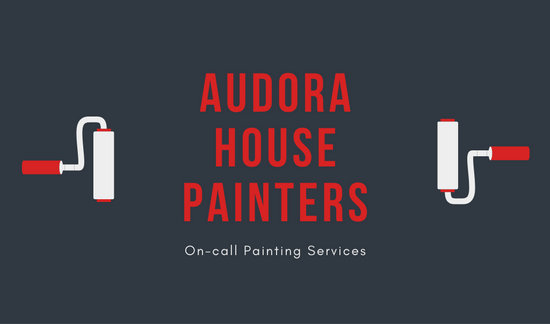Investigate The Duty Of Seasonal Factors In The Success Of Commercial Outside Painting And Reveal The Very Best Times To Safeguard Enduring Outcomes For Your Job
Investigate The Duty Of Seasonal Factors In The Success Of Commercial Outside Painting And Reveal The Very Best Times To Safeguard Enduring Outcomes For Your Job
Blog Article
Web Content Author-Carlson Decker
When you're intending a commercial external paint job, seasonal factors can make or break your outcomes. You'll wish to take into consideration how temperature and humidity impact paint application and drying out times. Choosing the best period can ensure your paint sticks appropriately and lasts longer. However which seasons are truly the very best for this kind of job? Allow's discover the key elements that can affect your project's success.
The Influence of Temperature on Paint Application
When you're planning a commercial outside painting project, the temperature level can substantially influence how well the paint adheres and dries out.
Preferably, you want to repaint when temperature levels vary between 50 ° F and 85 ° F. If it's as well cool, the paint may not treat properly, causing concerns like peeling off or breaking.
On the other hand, if it's too warm, the paint can dry as well rapidly, stopping correct attachment and resulting in an unequal surface.
You ought to also think about the moment of day; morning or late afternoon offers cooler temperature levels, which can be extra desirable.
Always examine the manufacturer's referrals for the certain paint you're utilizing, as they frequently offer support on the ideal temperature level range for optimum outcomes.
Moisture and Its Impact on Drying Times
Temperature level isn't the only environmental aspect that influences your industrial external painting project; moisture plays a substantial function as well. High moisture levels can decrease drying times substantially, influencing the general quality of your paint job.
When the air is saturated with moisture, the paint takes longer to treat, which can cause problems like bad adhesion and a higher threat of mold development. If you're painting on an especially moist day, be planned for prolonged wait times between coats.
It's essential to monitor neighborhood weather conditions and plan appropriately. Ideally, aim for humidity levels in between 40% and 70% for optimal drying.
Keeping these factors in mind guarantees your project remains on track and supplies a long-term coating.
Best Seasons for Commercial Outside Paint Projects
What's the best season for your commercial exterior paint tasks?
Springtime and very early autumn are normally your best bets. During these periods, temperature levels are moderate, and humidity degrees are commonly lower, developing perfect conditions for paint application and drying out.
Avoid summer season's intense heat, which can trigger paint to dry too rapidly, bring about inadequate bond and coating. Likewise, winter season's cool temperatures can hinder correct drying and treating, risking the long life of your paint work.
Go for days with temperature levels between 50 ° F and 85 ° F for ideal outcomes. just click the next website page in mind to check the regional weather forecast for rain, as damp conditions can spoil your job.
Planning around https://www.realtor.com/advice/home-improvement/how-to-paint-vinyl-siding/ ensures your paint task runs smoothly and lasts much longer.
Verdict
To conclude, planning your industrial exterior painting jobs around seasonal considerations can make a considerable difference in the end result. By organizing work throughout the suitable temperature levels and moisture levels, you'll guarantee far better attachment and drying out times. Keep in mind to watch on neighborhood weather prediction and pick the right time of year-- springtime and early autumn are your best bets. Taking these actions will help you attain a sturdy and professional finish that lasts.
